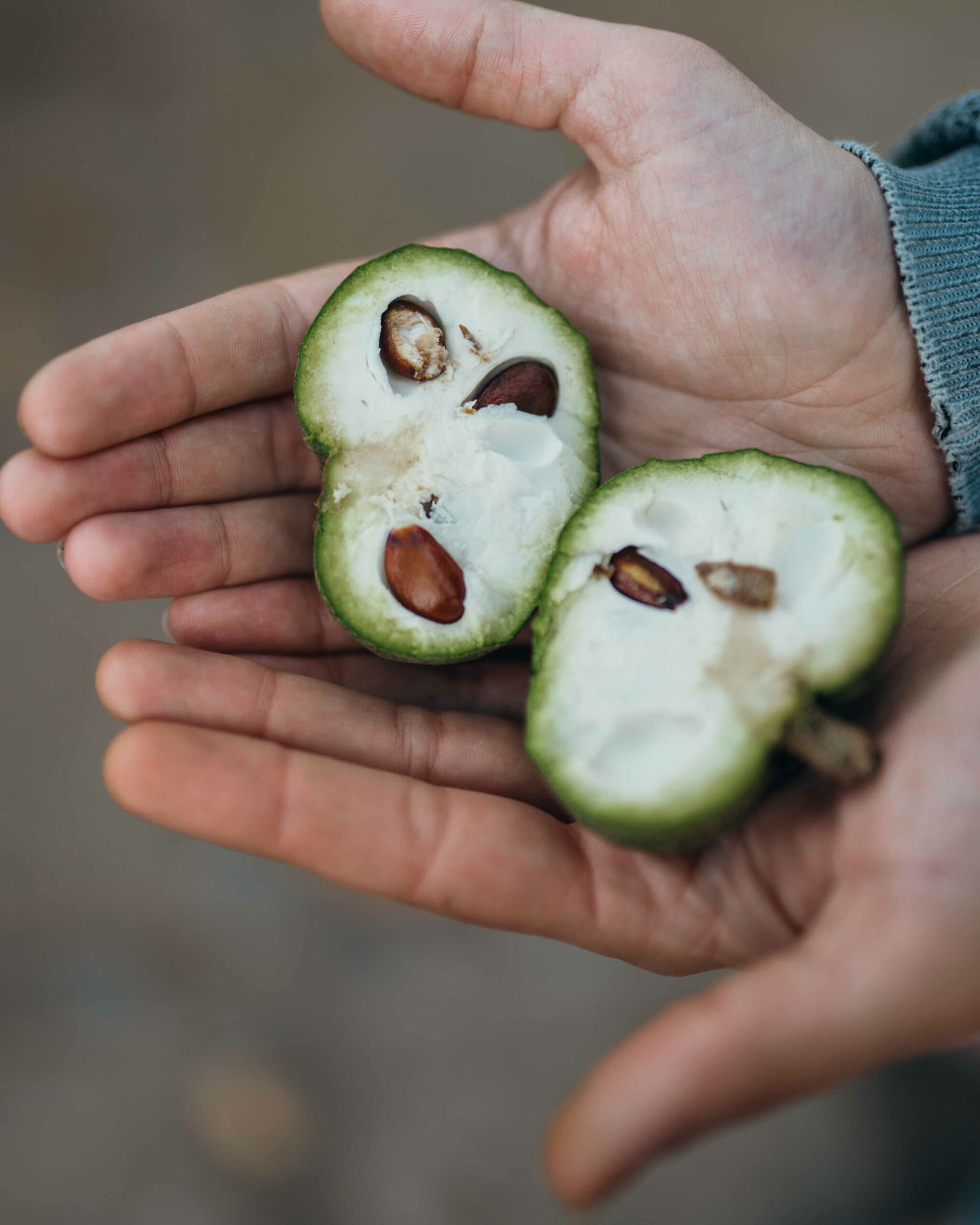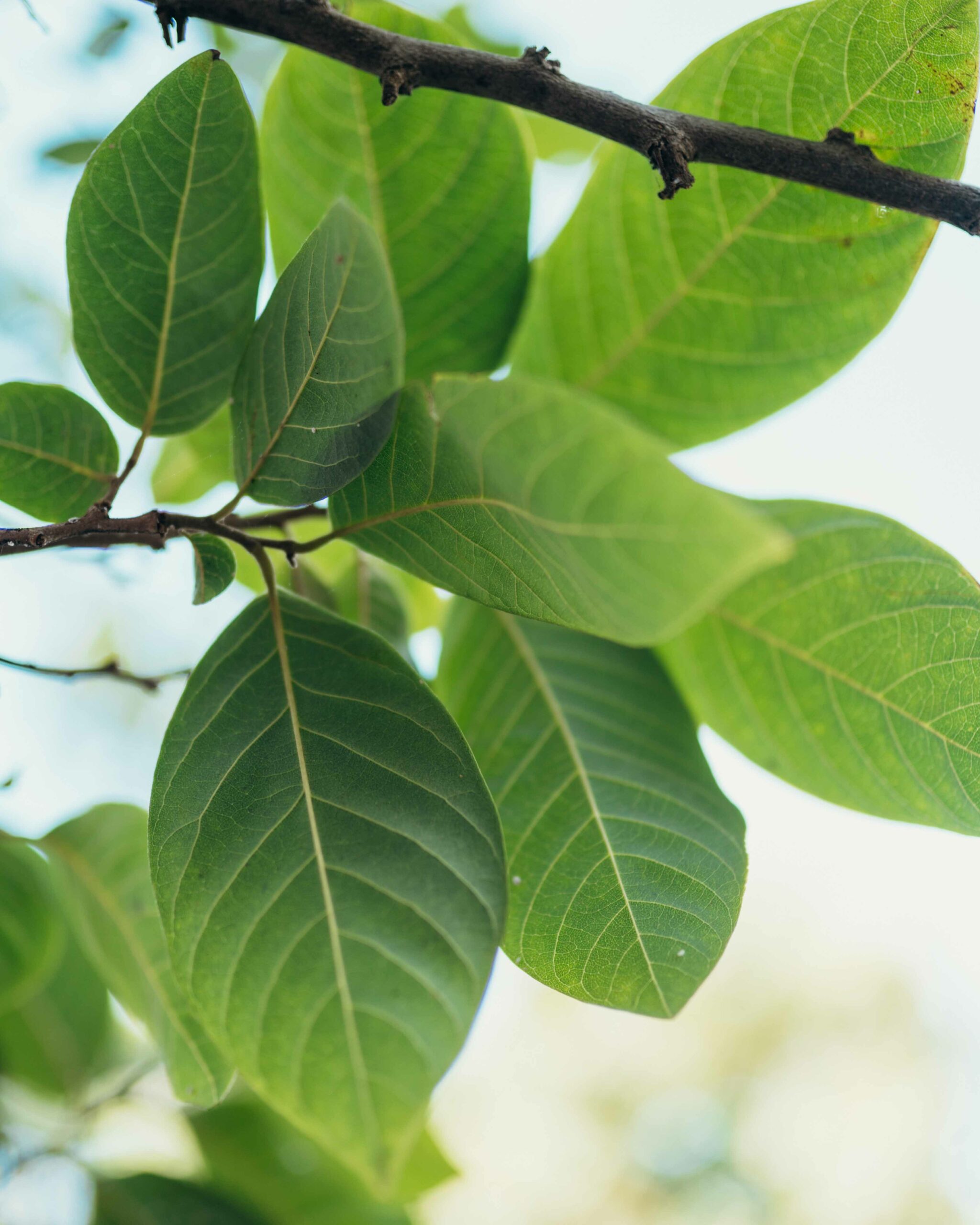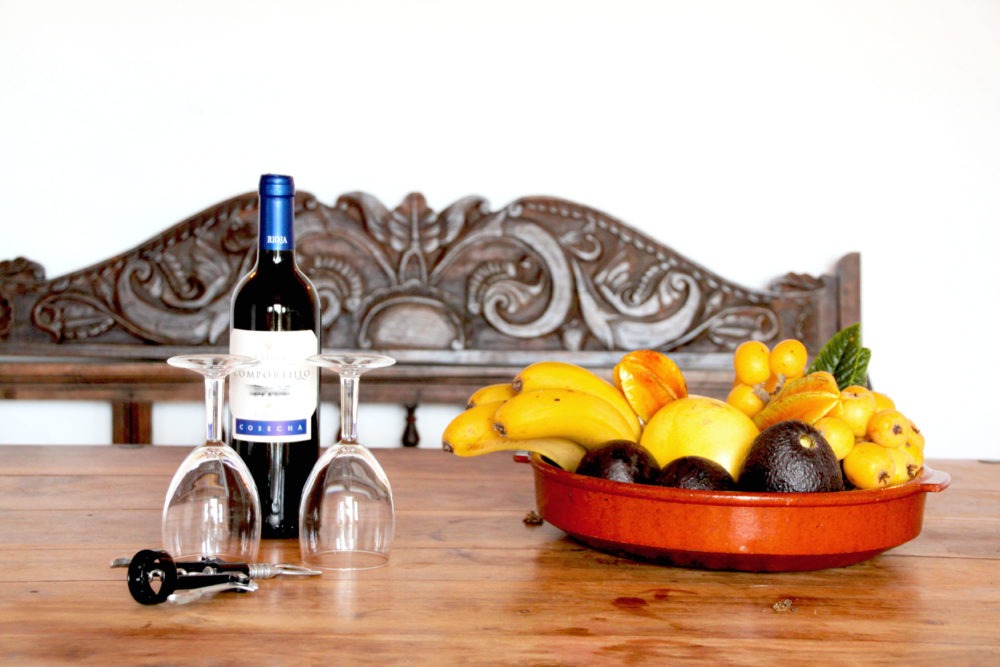Annona cherimola
Cherimoya
Englische Bezeichnung: Chirimoya
Spanische Bezeichnung: Chirimoyo
Familie
Annonengewächse (Annonaceae)
Verwendbare Teile:
Frucht
Hauptbestandteile:
Mineralstoffe: Kalium, Kupfer, Magnesium
Vitamine: B-Vitamine, C
Ernte-Hinweise:
Um zu prüfen, ob das Fruchtfleisch weich ist, drückt man die Frucht leicht, gibt sie etwas nach und die Schale dunkel an dieser Stelle wird, ist sie reif und kann verzehrt werden. Die schwarzen Kerne sind nicht essbar.
Verwendung:
Obstsalat, Smoothie, Desserts
Der Familien- und Gattungsname stammt ursprünglich aus Haiti, wo verschiedene Früchte im 16. Jahrhundert als „Anon“ bezeichnet wurden, was Rahmapfel bedeutet. Linné lateinisierte den volkstümlichen Namen und änderte ihn zu Annona. Der Name „Cherimoya“ kommt vom indianischen Chirimuya, was „Kühle Samen“ bedeutet. Die Cherimoya hat einen typischen Geschmack, der an einen Mix aus Banane und Vanille erinnert. Andere vergleichen den Geschmack eher mit Erdbeeren und Schlagsahne. Jedenfalls hat das weiche und saftige Fruchtfleisch eine intensive Süße.
Familia
Annonaceae (Annonáceas)
Partes utilizables:
Fruta
Componentes principales:
Minerales: potasio, cobre, magnesio
Vitaminas: Vitaminas B, C
Guía de cosecha:
Para comprobar si la pulpa está blanda, presione ligeramente la fruta, cede un poco y la piel se oscurece en este punto, está madura y se puede comer. Las semillas negras no son comestibles.
Uso:
Ensalada de frutas, batido, postres
El nombre de la familia y del género procede de Haití, donde en el siglo XVI se llamaba „Anon“ a varios frutos, que significaban manzana de nata. Linné latinizó el nombre vernáculo y lo cambió por Annona. El nombre „chirimoya“ procede del indio Chirimuya, que significa „semilla fresca“. La chirimoya tiene un sabor típico que recuerda a una mezcla de plátano y vainilla. Otros comparan su sabor más bien con el de las fresas y la nata montada. En cualquier caso, la pulpa suave y jugosa tiene un intenso dulzor.
Family
Annonaceae (Annonaceae)
Usable parts:
Fruits
Main components:
Minerals: potassium, copper, magnesium
Vitamins: B vitamins, C
Harvesting guideline:
To check whether the flesh is soft, press the fruit lightly, it gives a little and the skin darkens at this point, it is ripe and can be eaten. The black seeds are not edible.
Use:
Fruit salad, smoothie, desserts
The family and genus name originates from Haiti, where various fruits were called „Anon“ in the 16th century, meaning cream apple. Linné Latinised the vernacular name and changed it to Annona. The name „Cherimoya“ comes from the Indian Chirimuya, which means „cool seed“. The cherimoya has a typical taste that is reminiscent of a mix of banana and vanilla. Others compare the taste more to strawberries and whipped cream. In any case, the soft and juicy flesh has an intense sweetness.










































